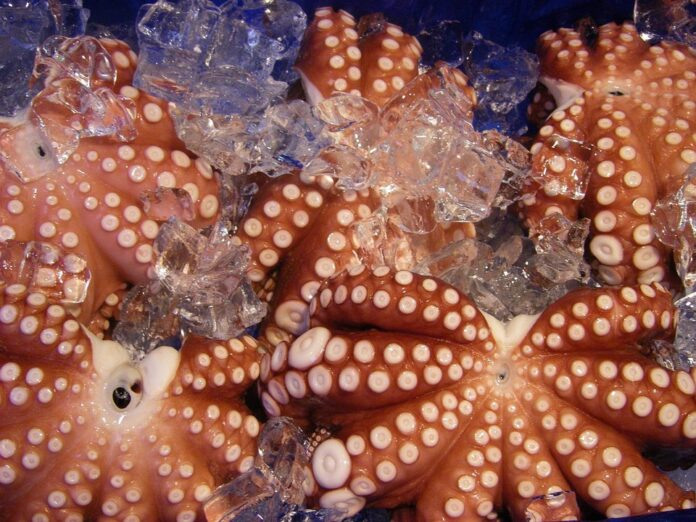Introduction
In recent years, the food industry has seen a significant shift towards incorporating technology into packaging to enhance consumer experience. One notable innovation is the use of QR codes on packaging for frozen foods. These QR codes not only provide cooking instructions but also offer traceability of the product, allowing consumers to track the origins of their food. This report delves into the benefits of QR code packaging for frozen foods, exploring how it improves consumer engagement and overall product quality.
Benefits of QR Code Packaging for Frozen Foods
Enhanced Consumer Experience
QR codes on frozen food packaging offer consumers convenience and ease of access to cooking instructions. With a simple scan using a smartphone, consumers can quickly retrieve detailed cooking guidelines, ensuring that they prepare the food correctly. This feature is especially beneficial for busy individuals who may not have the time to search for cooking instructions online or in a recipe book.
Improved Traceability
In addition to providing cooking instructions, QR codes on packaging also offer traceability of the product. By scanning the QR code, consumers can access information about the origins of the food, including where it was sourced, processed, and packaged. This level of transparency instills trust in consumers, assuring them of the quality and safety of the frozen food they are purchasing.
Industry Insights
Market Trends
The use of QR code packaging for frozen foods is a growing trend in the food industry. According to market research firm Grand View Research, the global smart packaging market, which includes QR code technology, is expected to reach $52.83 billion by 2025. This growth is driven by increasing consumer demand for more information about the products they consume, as well as the need for improved food safety measures.
Key Players
Several major food companies have already adopted QR code packaging for their frozen food products. For example, Nestlé has implemented QR codes on its packaging to provide consumers with nutritional information and cooking instructions. Similarly, Conagra Brands uses QR codes on its frozen food packaging to offer recipes and meal ideas to consumers. These industry leaders recognize the value of QR code technology in enhancing consumer engagement and loyalty.
Financial Data
Cost Efficiency
Implementing QR code packaging for frozen foods is a cost-effective solution for food companies. The initial investment in QR code technology is relatively low, especially when compared to the potential benefits it offers in terms of consumer engagement and brand loyalty. Additionally, the ability to update and modify the information linked to the QR code allows companies to adapt to changing consumer preferences and market trends efficiently.
ROI Potential
The return on investment (ROI) potential of QR code packaging for frozen foods is significant. By providing consumers with cooking instructions and traceability information, companies can differentiate their products in a competitive market and build brand trust. This, in turn, can lead to increased sales and customer retention, ultimately translating into higher revenue and profitability for food companies that adopt QR code technology.
Conclusion
In conclusion, QR code packaging offers cooking instructions and traceability for frozen foods, presenting numerous benefits for both consumers and food companies. By enhancing consumer experience, improving traceability, and providing cost-effective solutions, QR code technology is reshaping the way frozen foods are packaged and consumed. As the food industry continues to evolve, it is clear that QR codes will play a crucial role in meeting consumer demands for transparency, convenience, and quality in frozen food products.




